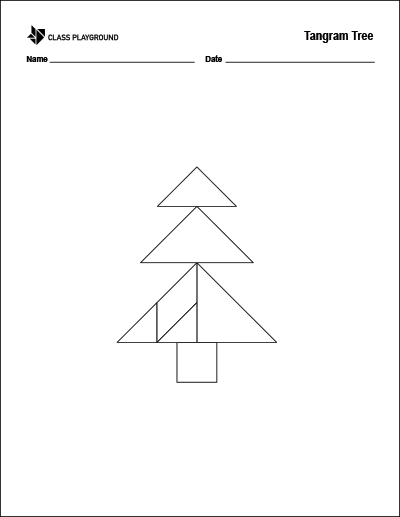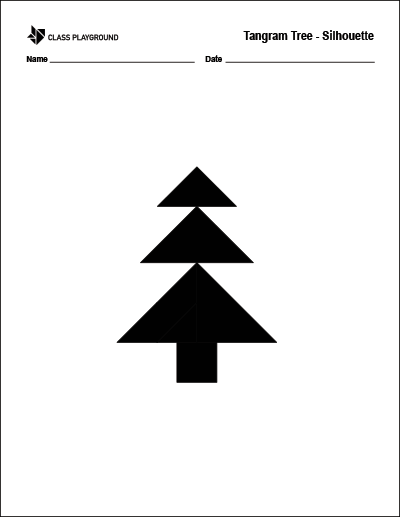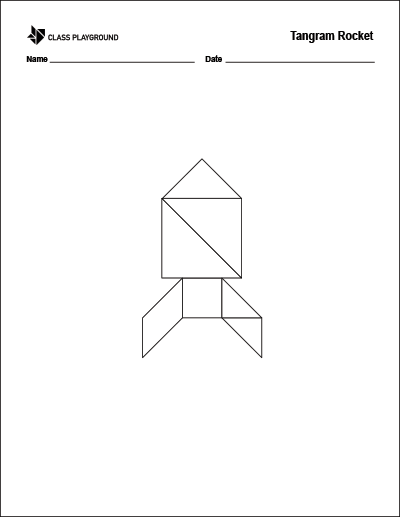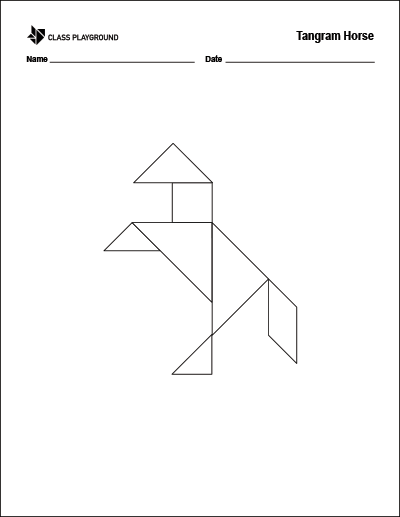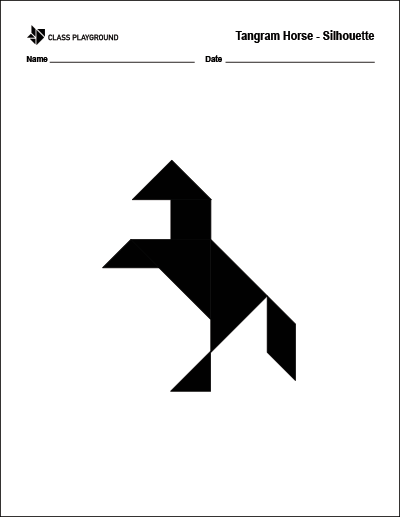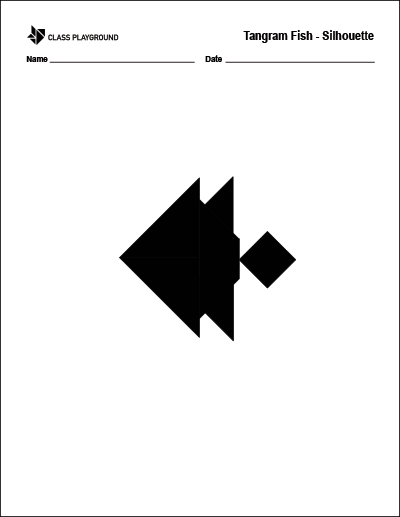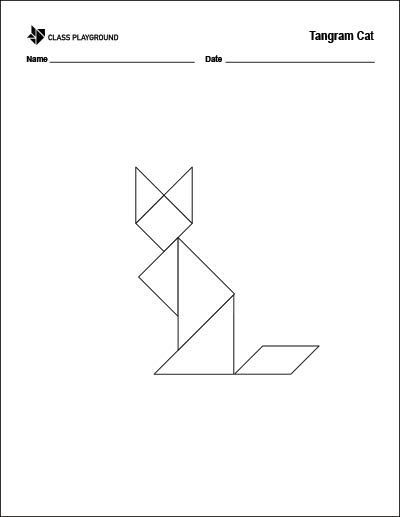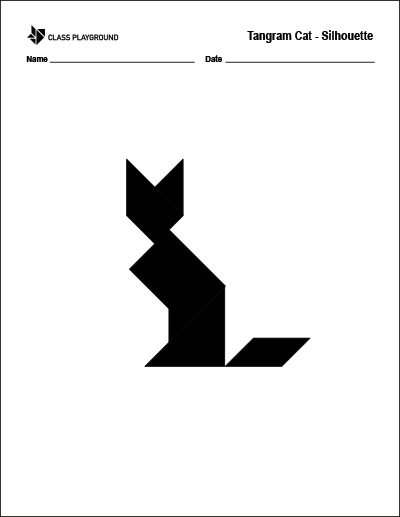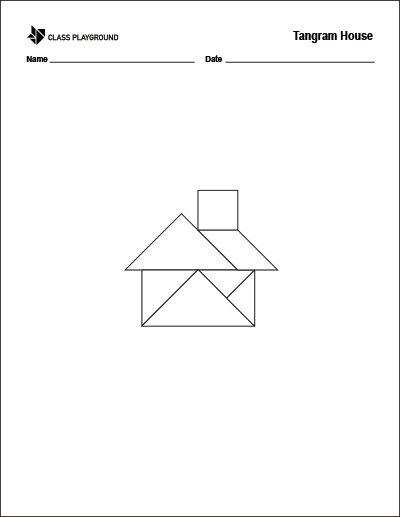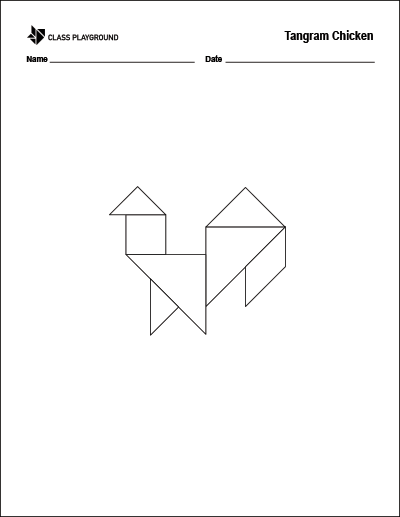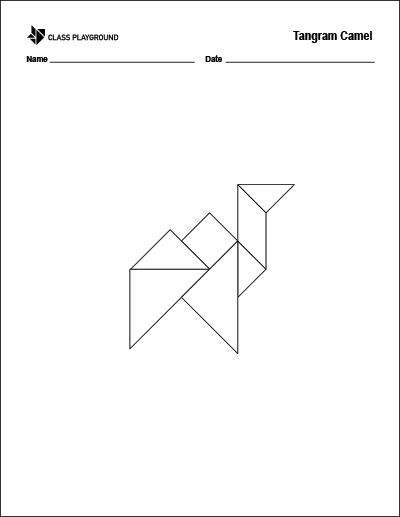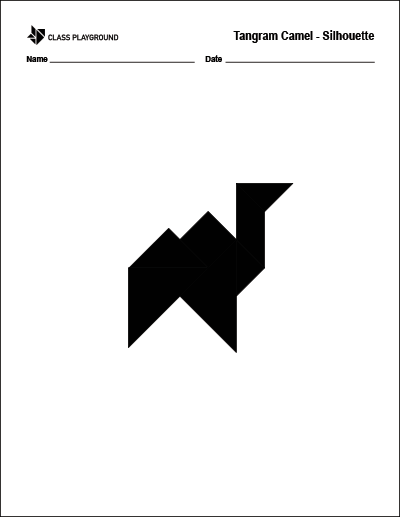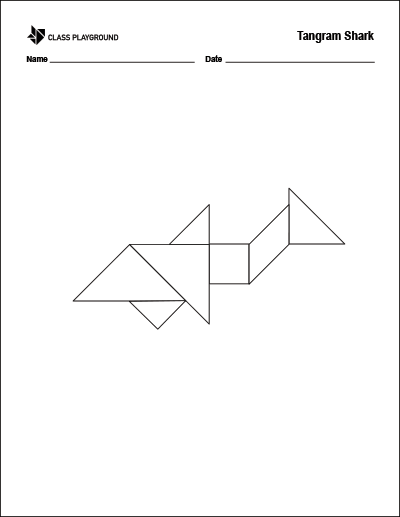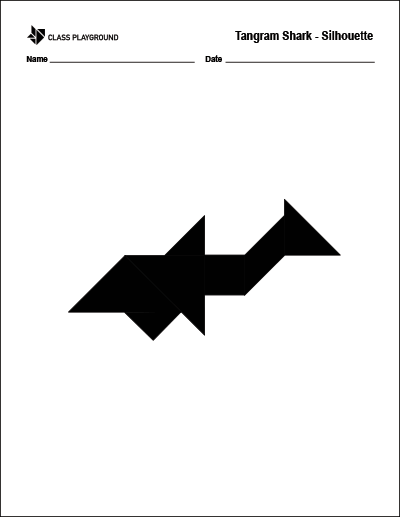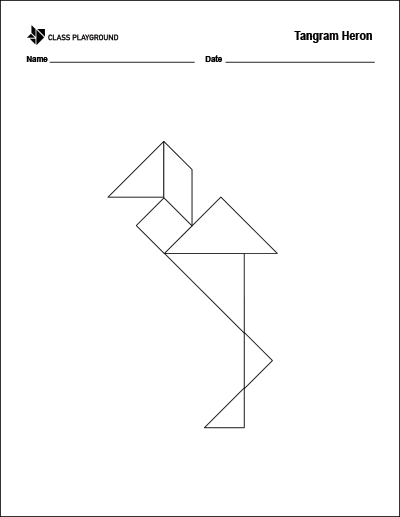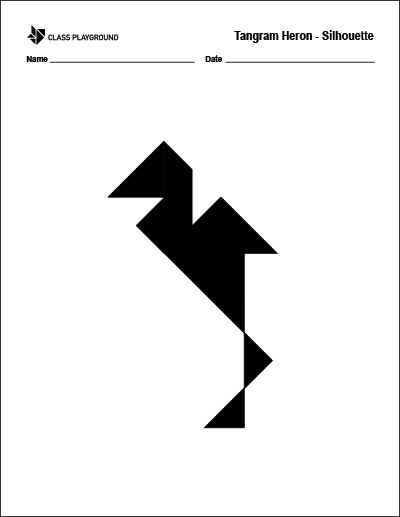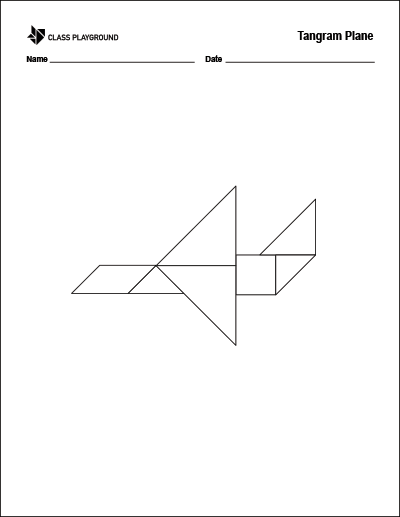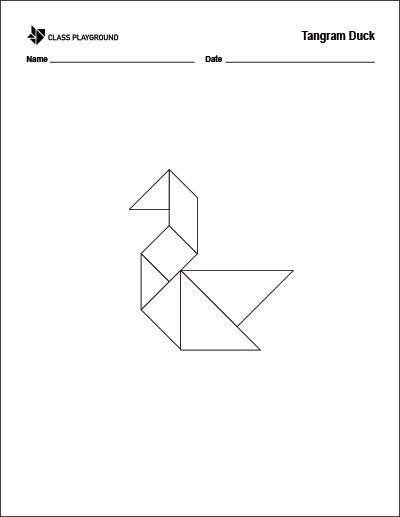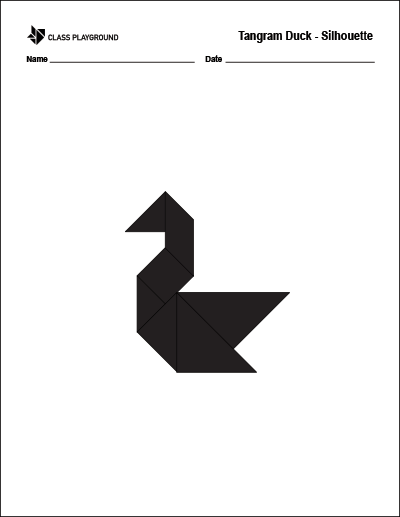What are Tangrams?
A tangram is a traditional Chinese puzzle consisting of seven geometric shapes, also known as ‘tans’. These include one parallelogram, one square, and five triangles of varying sizes – two small triangles, one medium triangle, and two large triangles. The unique aspect of tangrams is that all seven pieces can fit together perfectly to form a large square, rectangle, or triangle.
Tangrams are not merely puzzles; they are versatile tools for creative exploration. While the traditional approach requires arranging the tans into a specific shape without any overlaps or gaps, there’s also room for free play where children can create their own unique designs. This flexibility makes tangrams an appealing and educational tool for classrooms.
Why Use Tangrams in the Classroom?
Tangrams offer numerous educational benefits. They foster spatial reasoning skills as students rotate, flip, and manipulate different pieces to fit them together. Critical thinking skills are developed as students strategize and problem-solve to create pictures and designs from the given shapes.
Moreover, tangrams provide an excellent opportunity for differentiated instruction. You can easily adjust the complexity of each puzzle to suit each student’s ability level. Most importantly, tangrams make abstract mathematical concepts concrete and comprehensible. They can be used to teach fractions, symmetry, congruence, area, perimeter, and other geometry-related topics in an engaging and interactive way.
Strategies for Using Tangrams
When it comes to implementing tangrams in the classroom, consider these strategies:
- Modeling: Demonstrating how to use tangrams is crucial for students to understand how they work. Show them how each ‘tan’ can be moved, rotated, and flipped to align with others. You can model this by solving a simple tangram puzzle in front of the class or creating a unique design. As you do this, explain your thought process aloud to help students understand how to approach such tasks.
- Progressive Difficulty: Tangram activities should start simple and gradually become more complex. Initially, use puzzles that require only a few pieces or have clear visual clues. As students become more comfortable with tangrams, introduce puzzles that are more complex and require all seven pieces. This gradual increase in difficulty helps maintain student engagement without overwhelming them.
- Collaborative Learning: Encourage students to work together on tangram activities. Collaborative learning promotes communication, cooperation, and shared problem-solving. It allows students to learn from one another, share strategies, and approach problems from different perspectives. For example, you could have students work in groups to solve a complex tangram puzzle, encouraging discussion and collaboration.
- Cross-Curricular Integration: Tangrams can be used beyond math lessons. In language arts, students can use tangram shapes to create characters or props for a story, enhancing their creativity and storytelling skills. In art lessons, students can use tangrams to create patterns and designs, exploring concepts of symmetry and balance. This integration reinforces the versatility of tangrams and their applicability across various subjects.
- Reflection and Discussion: After completing a tangram activity, facilitate a class discussion. Ask students to share their strategies, challenges, and successes. Encourage them to reflect on what they learned and how they solved problems. This reflective practice fosters metacognition – the ability to think about one’s thinking – and helps students deepen their understanding and improve their problem-solving skills.
- Differentiation: Tangrams are an excellent tool for differentiated instruction. You can adjust the complexity of the puzzles to suit each student’s ability level. For students who find certain puzzles challenging, provide additional guidance or simplify the task. For advanced students, provide more complex puzzles to keep them challenged and engaged.
Activities
Here are some engaging activities to incorporate tangrams into your classroom:
- Shape Exploration: This activity is ideal for introducing tangrams. Distribute a set of tangrams to each student and ask them to identify each ‘tan’ by its geometric name. Then, lead a discussion about the properties of these shapes, such as the number of sides, types of angles, and lines of symmetry. You could also challenge students to classify triangles (scalene, isosceles, equilateral) based on their sides or angles (acute, obtuse, right).
- Tangram Challenges: Create a series of challenges where students have to recreate specific shapes or objects using their tangrams. Start with simple shapes like squares and rectangles, then move on to more complex designs like animals, people, or everyday objects. For an extra challenge, provide only the silhouette of the shape without indicating which pieces to use. This encourages problem-solving and critical thinking.
- Create Your Own Design: This activity encourages creativity and ownership. Ask students to use their tangram pieces to create their own design or picture. Once they’ve created their design, they can draw the outline on a piece of paper and challenge their classmates to replicate it. This not only engages their creative thinking but also reinforces their spatial reasoning skills.
- Storytelling with Tangrams: Integrating tangrams with language arts can make lessons more engaging. Ask students to create characters or props for a story using their tangram pieces. They can then write a short story involving their characters or props. This activity combines mathematical reasoning with creative writing, enhancing both skills simultaneously.
- Fraction Practice: Use tangrams to give students a hands-on experience with fractions. Begin by arranging all the pieces into a square to represent the whole. Then, ask questions like “What fraction of the whole does one small triangle represent?” or “If the large triangle represents 1/4 of the whole, what fraction does the square represent?” This activity makes abstract fraction concepts more concrete and understandable.
- Symmetry Investigation: Ask students to create a design using tangram pieces that has one line of symmetry. Then challenge them to create a design with two lines of symmetry. This activity helps students understand the concept of symmetry in a hands-on way.


